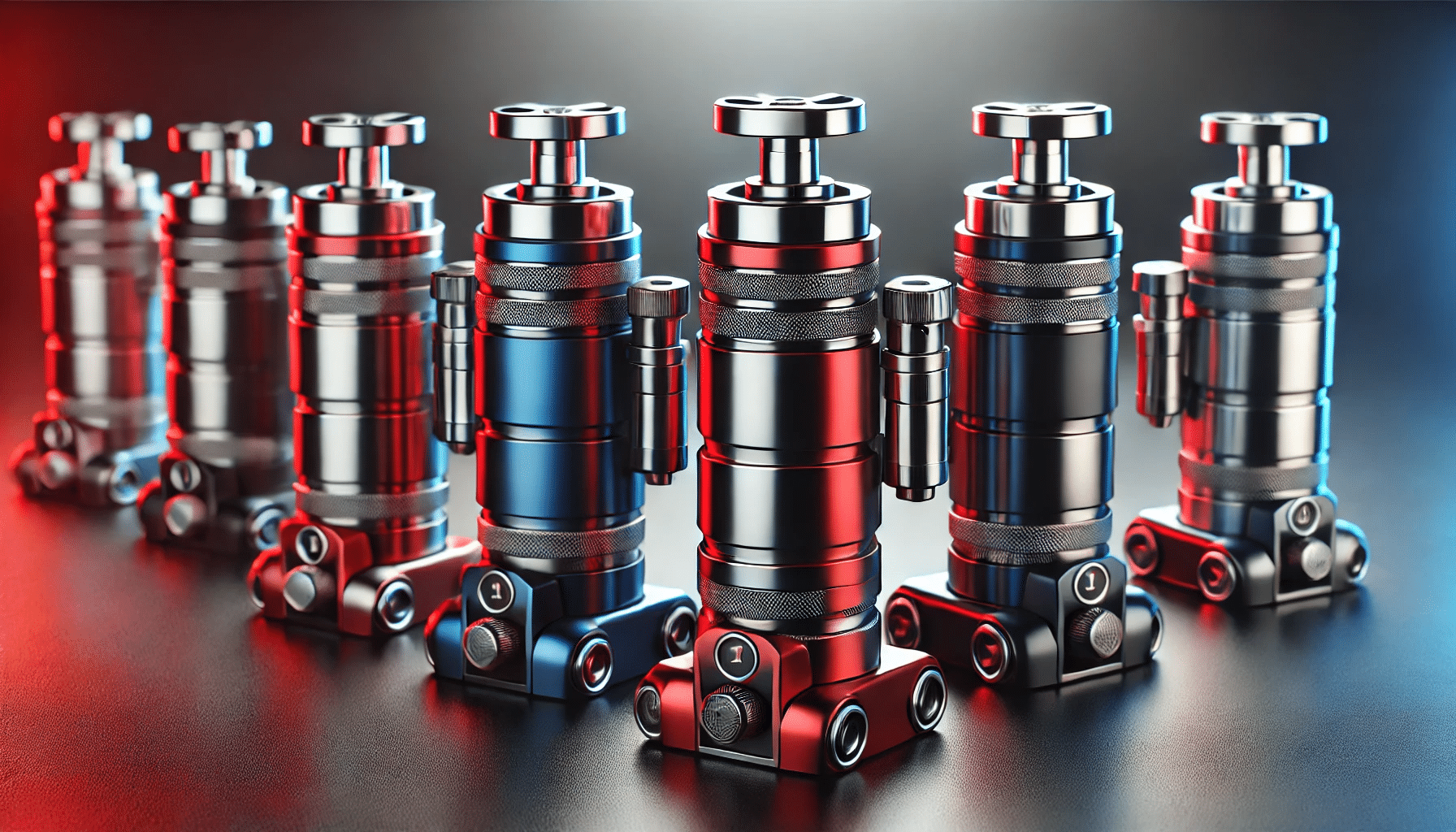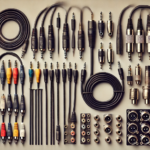
Introduction
Manual lifting of heavy objects and loads can lead to equipment damage and safety concerns. Bottle jacks are a go-to tool for their robust load-lifting capacity, simple design, and effective use. These devices are compact yet indispensable in various applications, from automotive and construction to industrial sectors. But what exactly are bottle jacks and their common types? What are their benefits? How to use them effectively? Read this article to answer these questions and help you get out of this essential equipment.
What are Bottle Jacks? Understanding Their Significance
Bottle jacks, also called hydraulic jacks, are compact load-lifting devices designed to raise (lift) heavy loads and equipment in various settings. These mechanical devices get their name from their shape, which resembles a traditional bottle. Depending on the model and type of bottle jack, it can lift weights of different capacities, up to several tons. Hydraulic bottle jacks are compact with a vertical design and comprise a cylinder, piston, pump handle, and release valve. Together, these components trigger heavy loads and equipment in various applications.
The significance of bottle jacks lies in their ability to lift heavy loads with reduced effort. They are particularly useful for changing tyres, raising vehicles for repairs, and levelling structures. These emergency tools provide a safe and efficient way to lift and support objects. Additionally, the versatile functionality, portability, ease of use, and cost-effectiveness of a hydraulic bottle jack make them a must-have tool for both personal and professional use.
A Brief Look at the Most Common Types of Bottle Jacks
Bottle jacks come in various designs and are categorised based on their mechanism of operation. Understanding these types can help you pick the most appropriate jack for your needs and include:
Hydraulic Bottle Jacks
Hydraulic bottle jacks are the most standard type. They rely on hydraulic fluid to produce the force needed to lift heavy loads. Their high lifting capacity makes them ideal for both industrial and personal use.
Low-Profile Bottle Jacks
Low-profile jacks are designed for vehicles or equipment with limited ground clearance. They are shorter in height but can lift the same amount of weight as a standard jack. These jacks are particularly useful for sports cars, low-riding vehicles, and certain industrial machinery.
Pneumatic Bottle Jacks
They are also called air jacks, use compressed air instead of manual pumping to create the lifting force. These jacks are generally more expensive but offer faster and more efficient lifting, especially for heavy-duty industrial applications.
Notable Benefits / Advantages of Using Bottle Jacks Explained
The most notable benefit and use of bottle jacks is raising vehicles for tyre changes, oil changes, or other maintenance tasks. These jacks offer several advantages that make them a popular choice across various applications. Some of their potential benefits include:
Compact, Durable, and Portable Design
Bottle jacks are compact and portable, making them easy to store and transport. Their small size keeps their lifting capacity intact. They are known for their robust durability and are constructed from high-quality steel to withstand heavy loads for extended periods.
Simple, Hassle-Free Operation
Operating a bottle jack is straightforward. By pumping the handle, hydraulic pressure builds within the jack, allowing it to effortlessly lift the object. This simplicity makes it a perfect option for both professionals and amateurs alike, as it requires minimal training.
High, Stable Lifting Capacity
Despite their relatively small footprint, bottle jacks can provide stable lifting of heavy loads, ranging from a few to over 50 tons, depending on the model.
Cost-Effective and Emergency Preparedness
Compared to other types of lifting equipment, bottle jacks are affordable and provide excellent value for money. They are surprisingly versatile and can be invaluable in various situations, especially during emergencies. For instance, a car jack can lift vehicles out of ditches, mud, or snow or stabilise structures during disasters.
Best Practices for Using Bottle Jacks Effectively: Step-By-Step Guide
While bottle jacks are generally safe and easy to use, following our expert tips and best practices can ensure their safe and efficient operation. Let’s dive into the step-by-step process of using these jacks effectively:
- Select the Right Jack: Ensure that the bottle jack you choose has a lifting capacity greater than the weight of the object you need to lift. Overloading may cause the jack to fail. For instance, a car jack should handle the weight more than the weight of the car to ensure safe operation.
- Use the Jack on a Stable Surface: To prevent tipping, always use the jack on a flat, stable surface. If you’re on soft ground, place a sturdy board under the jack for additional support.
- Proper Jack Placement: Position the jack under a reinforced point on the object, such as the car’s axle or frame. Ensure the contact point is solid and centered.
- Lifting the Load: Pump the handle slowly and steadily to raise the object. Avoid jerky movements that could destabilise the jack.
- Lowering the Load: To lower the object, slowly open the release valve. Do not let the load drop quickly, as this can damage both the object and the jack.
Final Thoughts
Bottle jacks are invaluable tools for a variety of lifting applications. Their compact design, high lifting capacity, ease of use, durability, and affordability make them ideal for both personal and professional use. Whether using a pneumatic, hydraulic, or low-profile jack, following best practices and safety tips can help you confidently prevent accidents and extend the lifespan of your equipment.




















